The most popular wine grape in Austria is Grüner Veltliner. The white wine is very tantalizing and provides a cool Alpine breeze just when we need it most, in the heat of summer.
Indigenous to Austria, the variety goes back to the Roman era but wasn’t recognized as Grüner until about a century ago. In the States, it’s often viewed as a refreshing bargain wine, fit for a screw cap enclosure and a backyard cooler. But there’s more to the stuff, with some high-end offerings coming out of both Europe and the New World.
Grüner Veltliner’s real awakening likely came in the early 2000s. That’s when it won out against famous Chardonnay producers during a tasting organized Jancis Robinson and others. Some of the grape’s closest relatives are Savagnin and Pinot Noir and the finished wine functions a bit like Chardonnay in that its style spectrum is pretty wide.
Some Grüner is trim and fresh while others can be bigger, richer, as is typically the case when oak is involved. Despite its weight, it’s almost always nice and punchy thanks to plenty of acid. In terms of flavor, it tends to show white pepper and a good helping of fruit notes, alongside hints of farm greens and citrus. In the glass, it’s a light green hue, akin to lime juice.
A few other European countries, like Slovakia, dabble in Grüner but most — an estimated three out of every four bottles on the planet — comes from Austria. There are five main growing regions (Leithaberg, Weinviertel, Kremstal, Kamptal, and Traisental, although it is made elsewhere) set mostly up in the northeastern part of the country. More producers are taking it seriously in the states, with notable work coming out of places like New York, Oregon, and Washington.
Look for cheap thirst-quenching options at the supermarket but also be on the prowl for more grown-up options as there are many. Enjoy it with spicy fare, snappy veggies like asparagus, or summery small bites like bruschetta.
So go on, do the Grüner Veltliner like nobody’s watching. Here are several to look out for:
Emmerich Knoll 2017 Loibner Grüner Veltliner
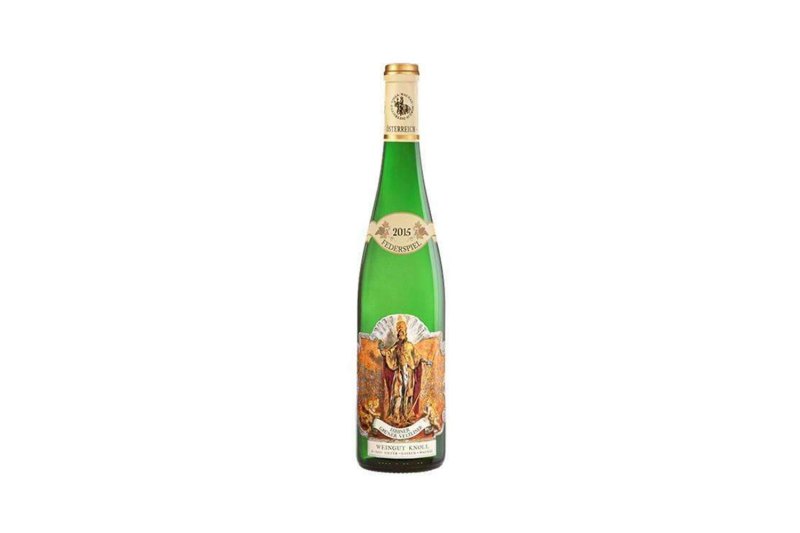
A standout wine from the Wachau region of Austria, this Grüner is about as good as they come. It resonates with sour apple and tropical fruit notes, with a mouthfeel that suggests a lot of care was taken in the cellar.
Reustle Prayer Rock Vineyards 2017 Grüner Veltliner
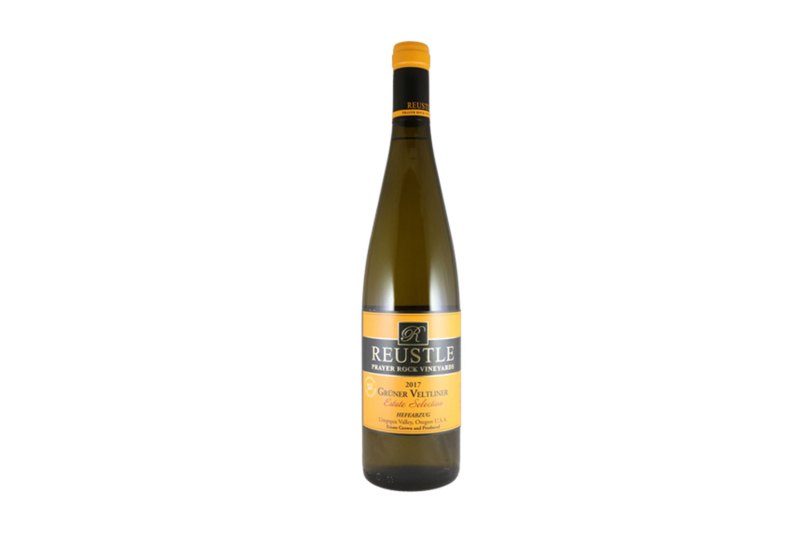
This Oregon riff is wonderful and food-friendly, showing tart apple and green tea characteristics. It’s said the winemaker fell for Grüner while motorcycling through Austria. The label crafts several versions of the varietal, including one made in a concrete egg.
Leth Brunnthal Erste Lage 2018 Grüner Veltliner
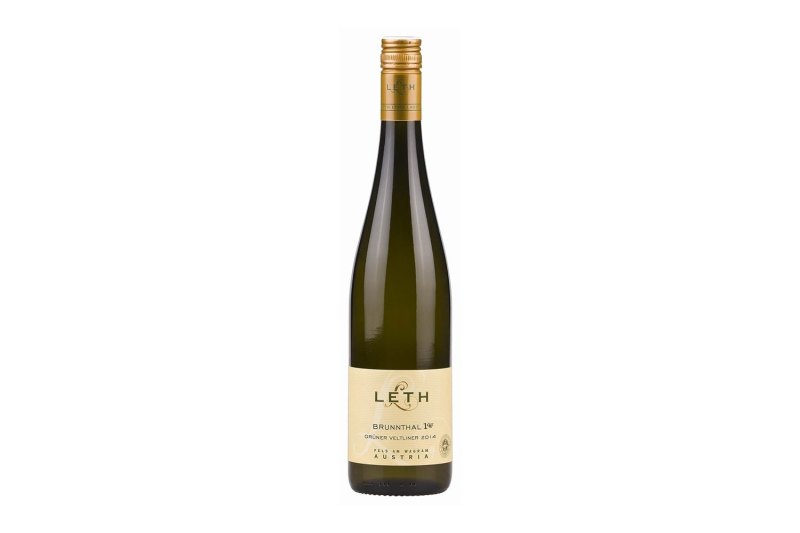
Hailing from the Wagram region of Austria, this example comes from the Leth label, founded in the 1960s. The wine is rooted in loess soil, which Gruner adores, and shows subtle spice and hints of pear and pineapple.
W.T. Vintners 2019 Underwood Mountain Grüner Veltliner
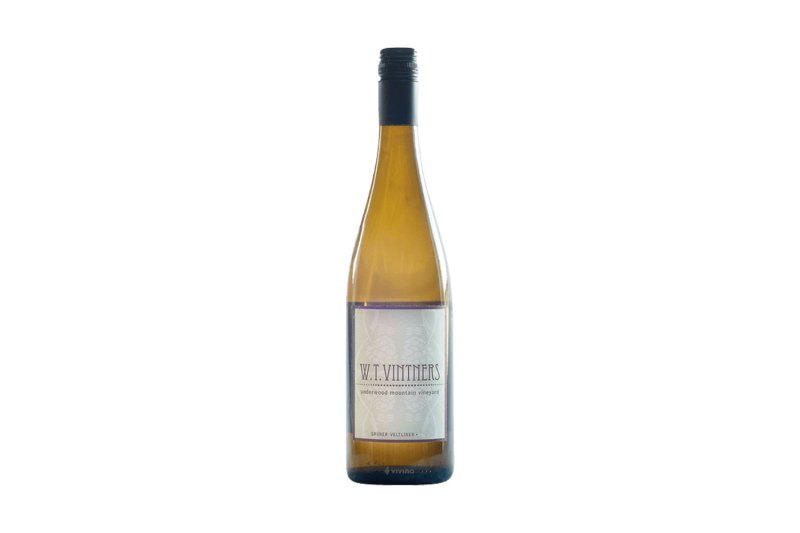
Made in a mix of stainless steel and neutral wood, this Washington Grüner comes from fruit grown in the Columbia River Gorge AVA. It’s an ideal marriage of bright fruit and minerality and demonstrates the vast potential of the grape in some of the more rugged corners of the Pacific Northwest.
Jurtschitsch Loiserberg Erste Lage 2018 Grüner Veltliner
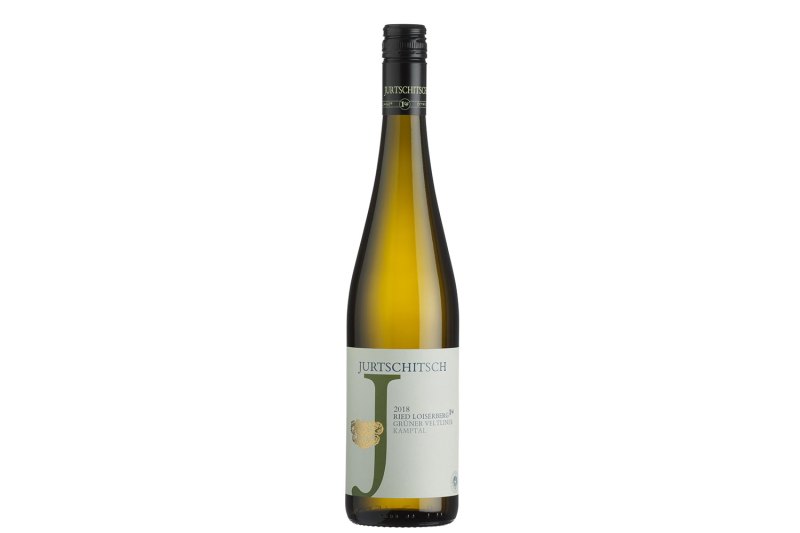
This wild-fermented take on Grüner comes from high-elevation vines in the Kamptal region. It’s the result of organic agriculture and sings harmoniously in the glass.
Editors' Recommendations
- The 10 best rosé wines that everyone should drink
- What is a barrique? Exploring wine’s most popular barrel size
- This is what wine tasted like in ancient Rome, and we have thoughts
- Forget wine — Beer and cheese is an unbeatable combination
- What does AVA mean? Breaking down the geographical wine phenomenon


